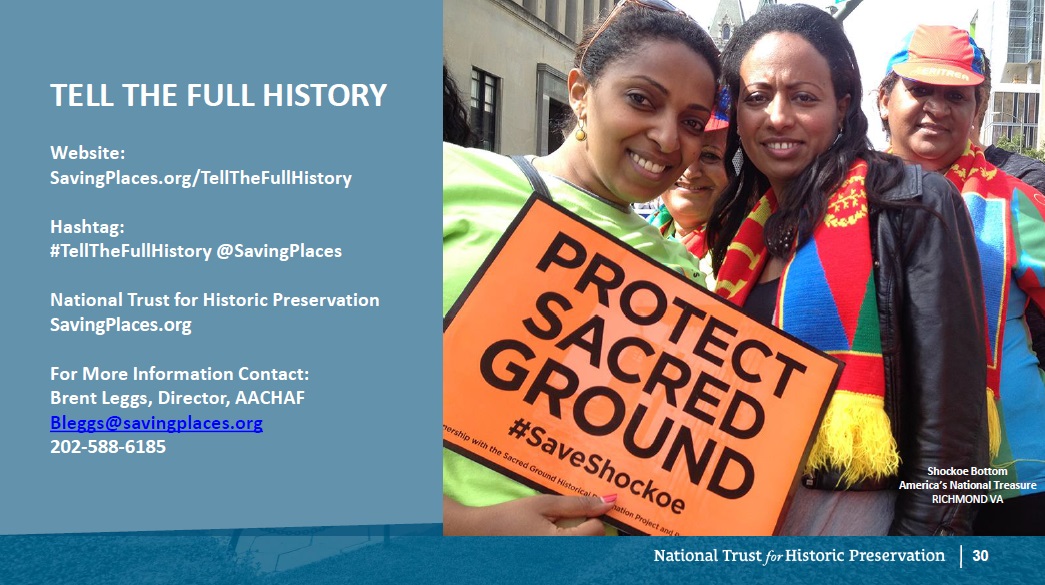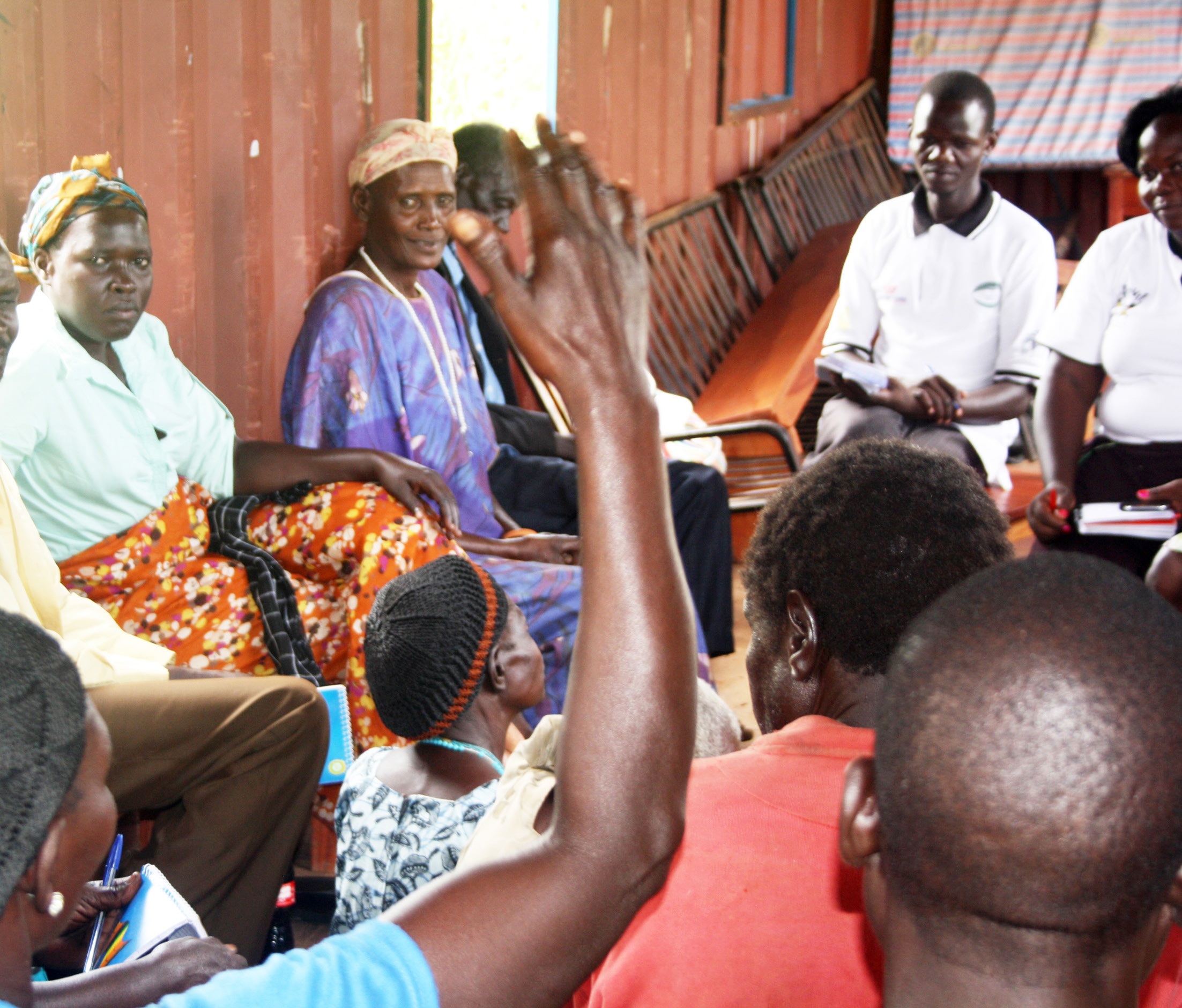-
Unity in diversity (Weekly blog, 20 May 2018)
Posted on May 20, 2018A blog by Catherine Leonard, Secretary-General
Diversity was centre stage yesterday at the wedding of Prince Harry and Meghan Markle. It was a brilliant, multicultural, multiracial, multinational occasion. (I hope you spotted the role of the National Trust’s Cliveden House. More about that later!) And tomorrow, 21 May 2018, we celebrate World Day for Cultural Diversity.
But what is ‘cultural diversity’?
Google defines cultural diversity as ‘the existence of a variety of cultural or ethnic groups within a society’.
Article 1 of the UNESCO Universal Declaration on Cultural Diversity refers to it as ‘a source of exchange, innovation and creativity […] as necessary for humankind as biodiversity is for nature’.
But what does it mean to us, the National Trust movement, in practice? At our sites, we want all people to feel welcome. Wherever they come from, no matter the colour of their skin, faith, language, age, sexual orientation, culture or heritage. That is what we do. But what about the more complicated questions relating to cultural diversity? How to balance the different sites and values recognised by diverse groups? What skills do we need to develop to better understand the heritage issues of different communities? Is the demographic of our profession a problem (I ask as a middle-class, middle-aged white woman)? And what can we do to build trust, repurpose our privilege and grow self-reflection?

Cross-cultural competencies
We need diversity in what we do but also in how we do it. In its report on Future Work Skills, the Institute for the Future identified six drivers for change, including a ‘globally connected world’. Or ‘increased global interconnectivity putting diversity and adaptability at the centre of organisational operations’. And one of the ten skills for the future workforce was ‘cross-cultural competency’ or the ‘ability to operate in different cultural settings’.
Moreover it is general accepted that heritage matters are inextricably linked to issues of race, diversity and social justice. Although that hasn’t always been the case. And whilst we’ve made huge progress as a movement, some vestiges of that mistrust, misunderstanding and misrepresentation can linger on.
Diversity and the National Trust movement
I wrote a blog four years’ ago about ‘Cultural Diversity and the National Trust movement’. My thinking has progressed a little since then but I still believe that INTO’s role is one of creating group cohesion. About building trust, comfort and space for the benefit of our global National Trust community.
INTO is a wonderfully diverse organisation, as you can see in our 2017 Annual Report. It brings together heritage conservation organisations from over 50 countries and territories: big and small; young and old. All are different and our job is to pull together the threads that connect them – like the Maypole or tapestry from my last blog. By creating space for these organisations to learn from each other, cooperate and innovate, we enable them to grow and develop.
Here are some wonderful examples of the work our member organisations are doing to increase diversity, inclusion and equality.
African American Cultural Heritage Action Fund
Some might think that the work of a National Trust is about preserving places for the benefit of future generations. That’s partly true. But for me it’s more about telling stories, providing access and creating space for reflection.
The National Trust for Historic Preservation has recognised the need to preserve and share the full American story, however difficult. To that end they are raising $25 million to create the African American Cultural Heritage Action Fund.
The Action Fund will amongst other things provide grants to African American historic sites and empower youth through Hands-On Preservation Experience (HOPE Crew). It will increase research into contemporary issues that disproportionately affect communities of colour. The Trust will also model innovative approaches to interpreting and preserving African American cultural heritage at its sites.
Bene FAI per Tutti (literally ‘FAI Sites for All’)
FAI – Fondo Ambiente Italiano (the National Trust for Italy) runs a project called ‘FAI sites for all’. It is dedicated to people with learning difficulties, designed to allow all visitors to fully experience FAI properties. Bene FAI per Tutti is now implemented at Villa Necchi Campiglio, Villa Panza, Villa dei Vescovi, Torre e Casa Campatelli and Castello di Masino. FAI has written guidebooks in accessible language and visitors with learning difficulties can enjoy stress-free and more accessible visits.

Bene FAI per Tutti has been promoted since 2016, in collaboration with the Associazione l’Abilità Onlus and the De Agostini Foundation and with the support of JTI – Japan Tobacco International.
Guidelines for Interpretation of Aboriginal Heritage
The National Trusts in Australia are committed to reconciliation and both Western Australia and Victoria are undertaking major programmes involving Aboriginal people in the conservation and interpretation of heritage. Connection to place is a fundamental aspect of Aboriginal culture. That connection continues to be as fundamental in contemporary times as it was prior to European colonisation.
The National Trust for Western Australia has produced national guidelines to ensure the respect, acknowledgment and ownership of Aboriginal place and story unfolds in a respectful and sensitive way for a variety of audiences. The guidelines are helping Trusts across Australia to acknowledge the past, reconcile the present and ensure custodianship for the future.
Exploring LGBTQ history at National Trust places
Last year, the National Trust of England, Wales and Northern Ireland explored its LGBTQ (lesbian, gay, bisexual, trans, queer) heritage with a programme called Prejudice and Pride.
Visitors were able to discover hidden histories of love and relationships at NT sites, exploring the stories of persecution and the expressions of personal identity that shocked and challenged societal norms.
The Trust worked with artists to create new exhibitions and installations to bring these stories to life. They uncovered previously untold stories with help from academic experts. It also participated in community celebrations around the country to build an understanding of local LGBTQ histories.
Cultural Rights, governance and managing diversity
Cultural diversity is seen at CCFU, the Cross-Cultural Foundation of Uganda, as a driving force of development. Not only in respect to economic growth, but also as a means of leading a more fulfilling intellectual, emotional, moral and spiritual life. Cultural diversity is an indispensable asset for poverty reduction and the achievement of sustainable development, but this requires acceptance, recognition and protection.
One of CCFU’s main programme areas has since 2012 focussed on enhancing an appreciation of cultural rights. It has three main inter-connected and mutually re-enforcing objectives, to:
- promote the development of cultural heritage through supporting community-based plans and micro-projects in three selected districts
- preserve and develop the cultural assets of ethnic minorities through language and community museums promotion
- promote a conducive policy environment for safeguarding Ugandans’ cultural rights
In 2017, CCFU started a programme aimed at enhancing women empowerment using culturally defined rights.
All of these programmes and activities show heritage preservation within its external context. Not as something elite or irrelevant. That, I think is what cultural diversity is about.
Two Clivedens …
Finally, back to the royal wedding … Meghan Markle spent the eve of her wedding at the Cliveden House Hotel in Berkshire. The former home of Nancy Astor, an American who became the first female MP, Cliveden has a long association with powerful and inspiring women. (Long may that continue!) What you may not know is that there is a Cliveden in Pennsylvania which is looked after by the National Trust for Historic Preservation. It too has royal connections and had crumbs from Queen Victoria’s wedding cake on display as part of its royal wedding celebrations!
Thanks for reading!

 44 (0)20 7824 7157
44 (0)20 7824 7157